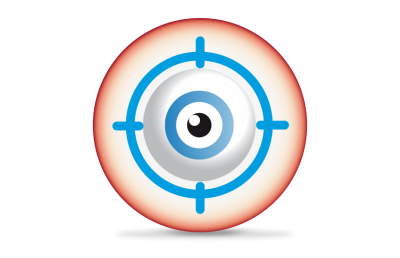What is farsightedness?

You are farsighted when you can’t see objects up close very clearly. The scientific name for farsightedness is hyperopia.
Farsightedness can have two causes:
- Too weak refractive power (through the cornea or lens)
- An axial eye length that is too short (too short eye).
In people with farsightedness, the eye is usually shorter than normal. When the cornea is too flat or the eye too short, the incoming light rays are not sufficiently refracted. The light rays do not fall neatly on, but rather behind the retina. The retina itself does not produce a sharp image.
If the farsightedness is not too severe, children and adolescents in particular can often still compensate for this eye defect by accommodating: the eye muscles strain to still depict the image sharply on the retina. However, accommodation takes energy and the eye has to exert effort all day, possibly resulting in fatigue, headaches and squinting.
For relaxed sharp vision, glasses or contact lenses with a plus strength offer the solution.
CooperVision Specialty EyeCare contact lenses are unique in optics. We specialize in manufacturing custom lenses with the highest precision and quality. There is a solution for every eye, including for yours. Are you curious about our RGP (hard) and soft contact lenses? You can view them here.


Eye disorders
It’s not always a refractive defect that causes you to see less sharply. Sometimes there’s something else going on.

Eye exams
There are several ways to examine your eyes. An initial exam is often done using an autorefractor.

Myopia
Nearsightedness, also known as myopia, is an eye defect in which you have trouble seeing sharply in the distance.
